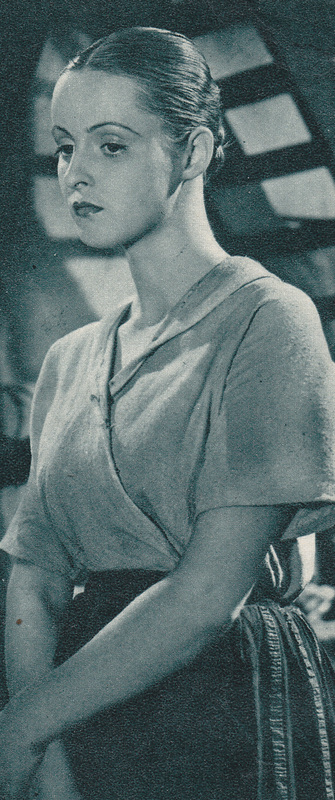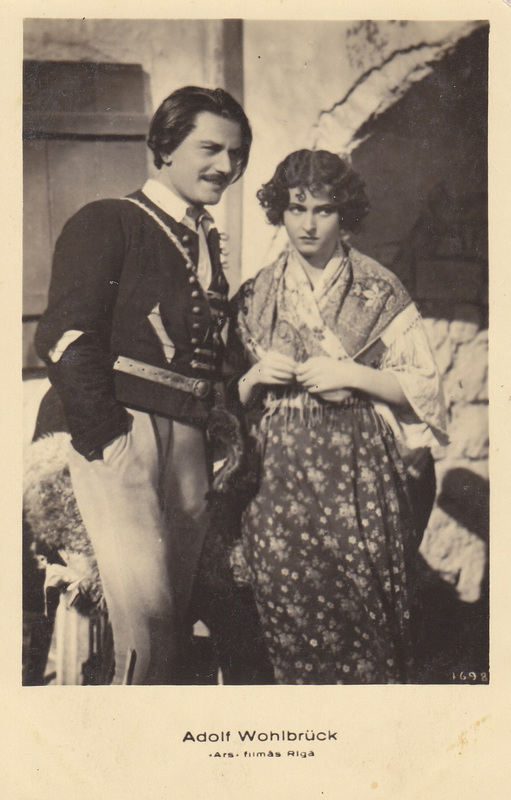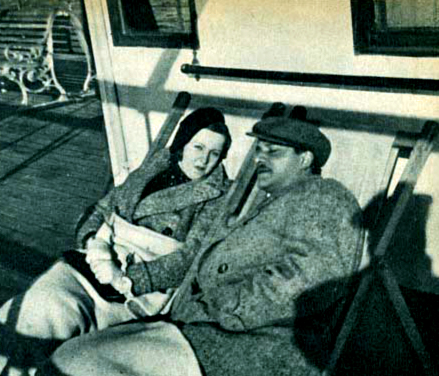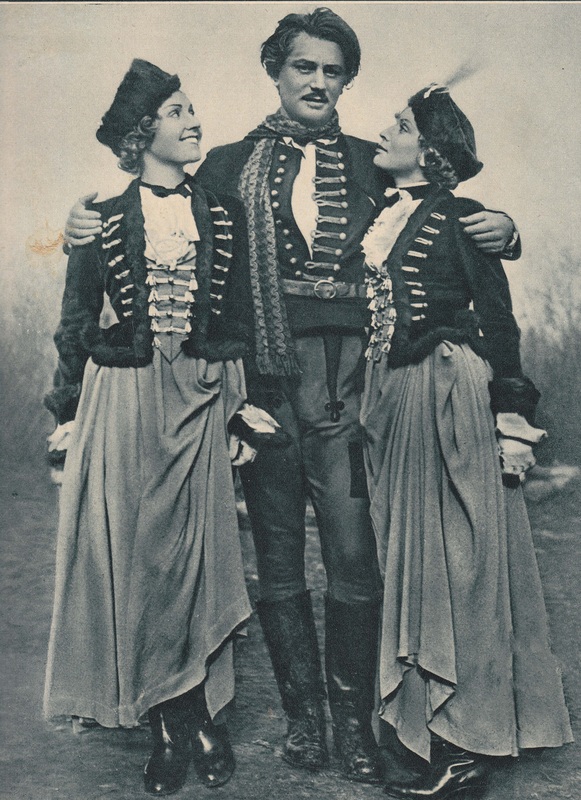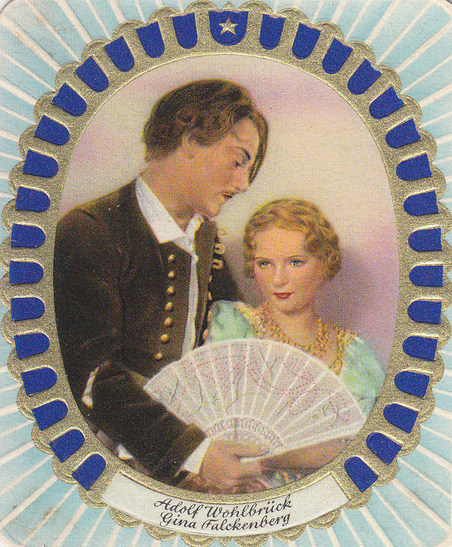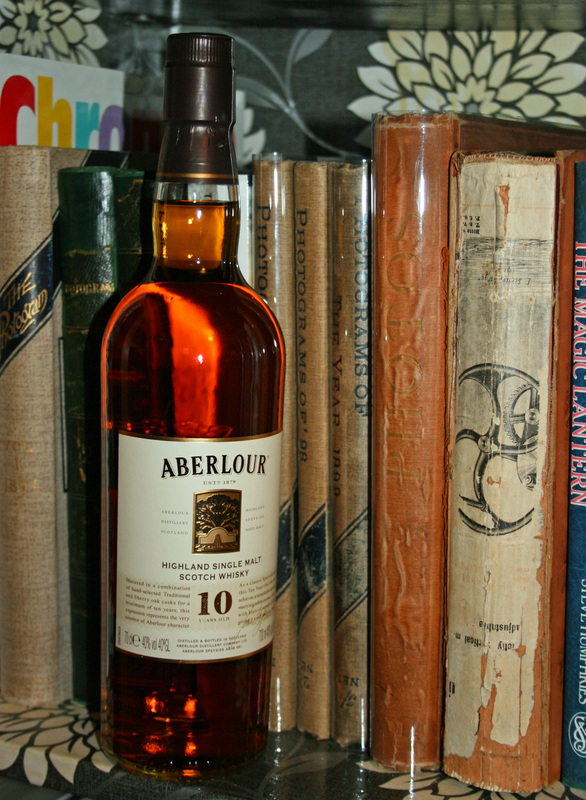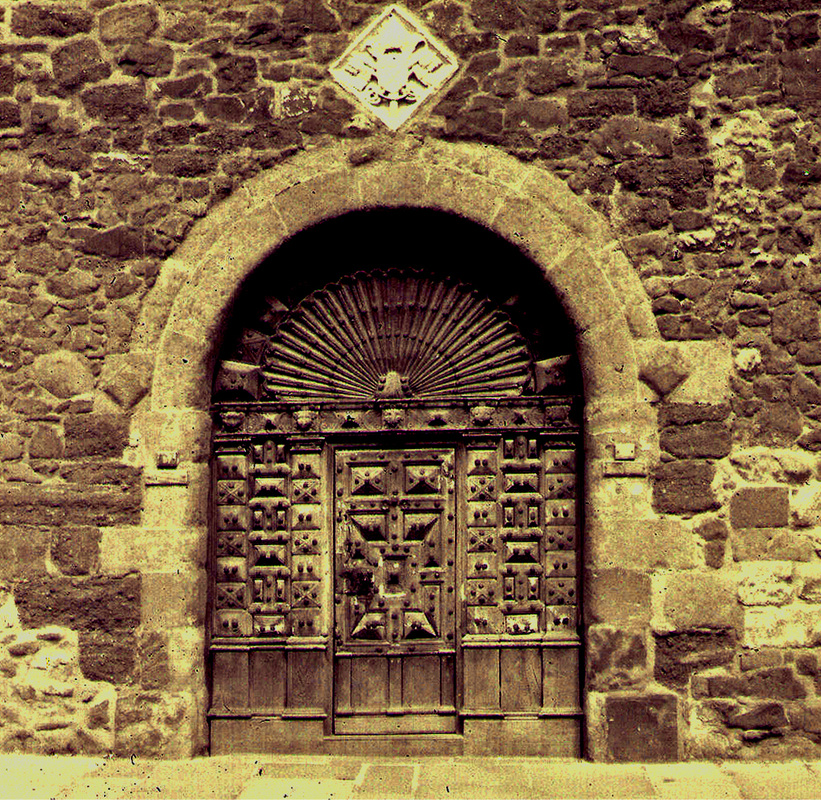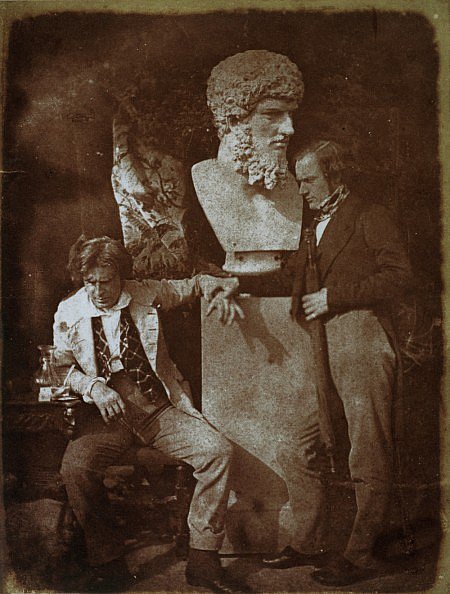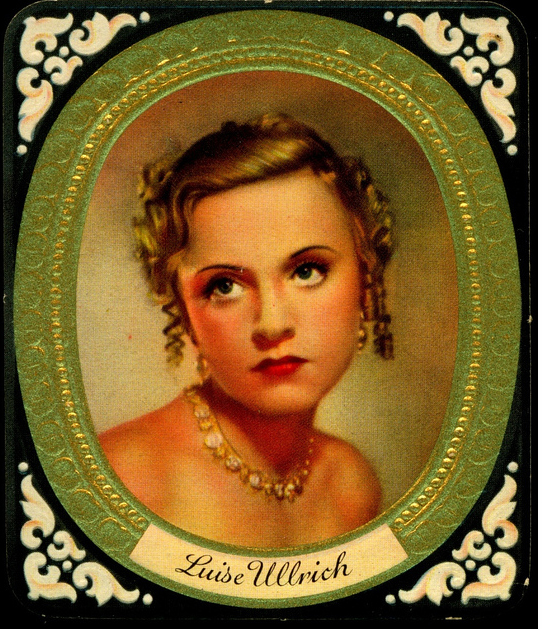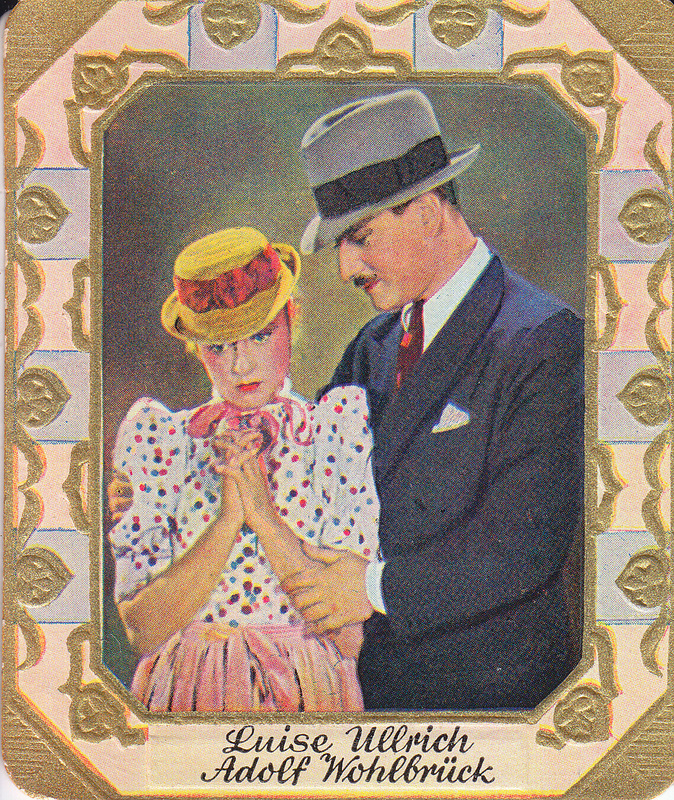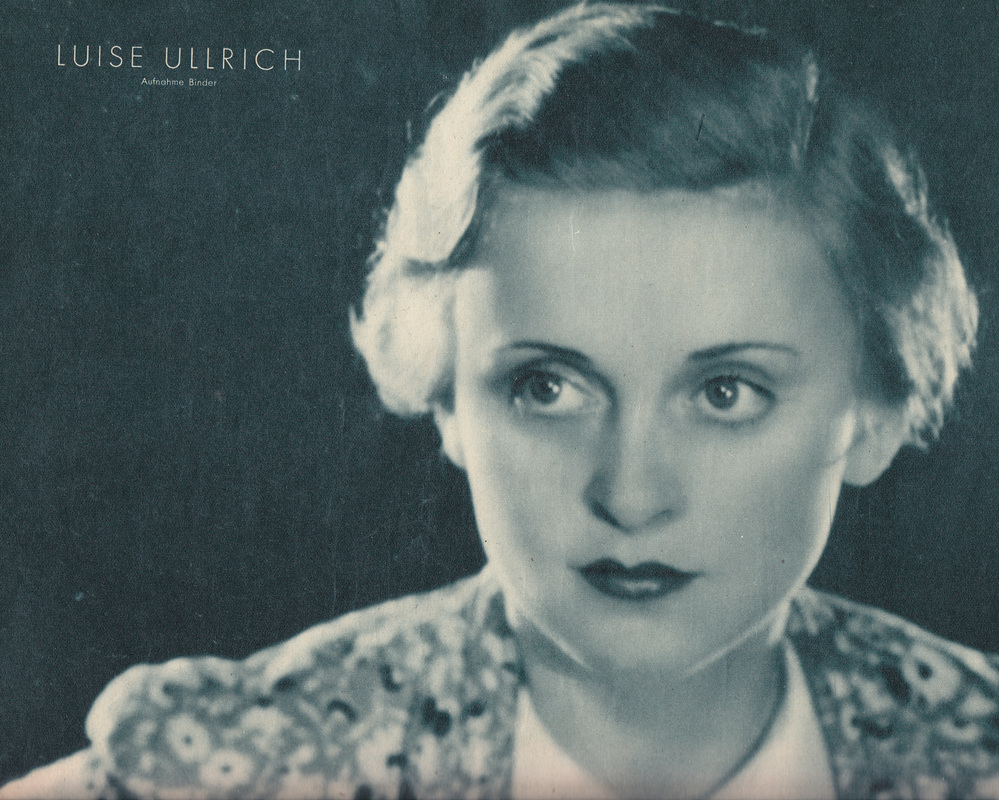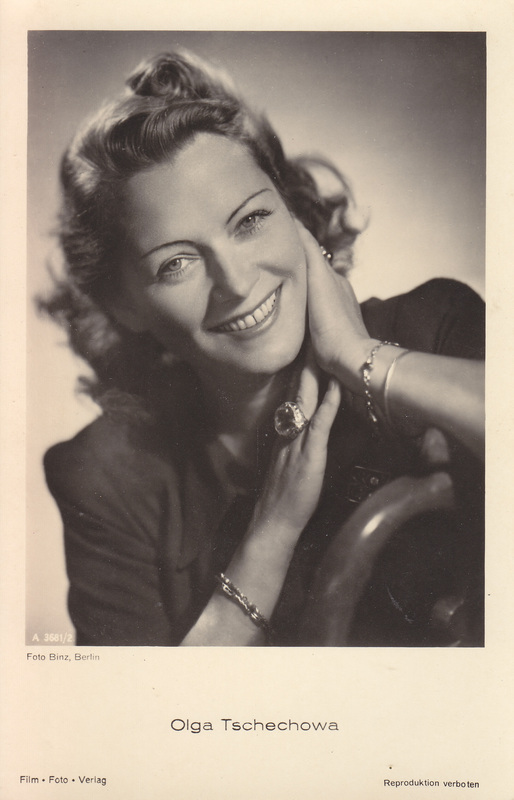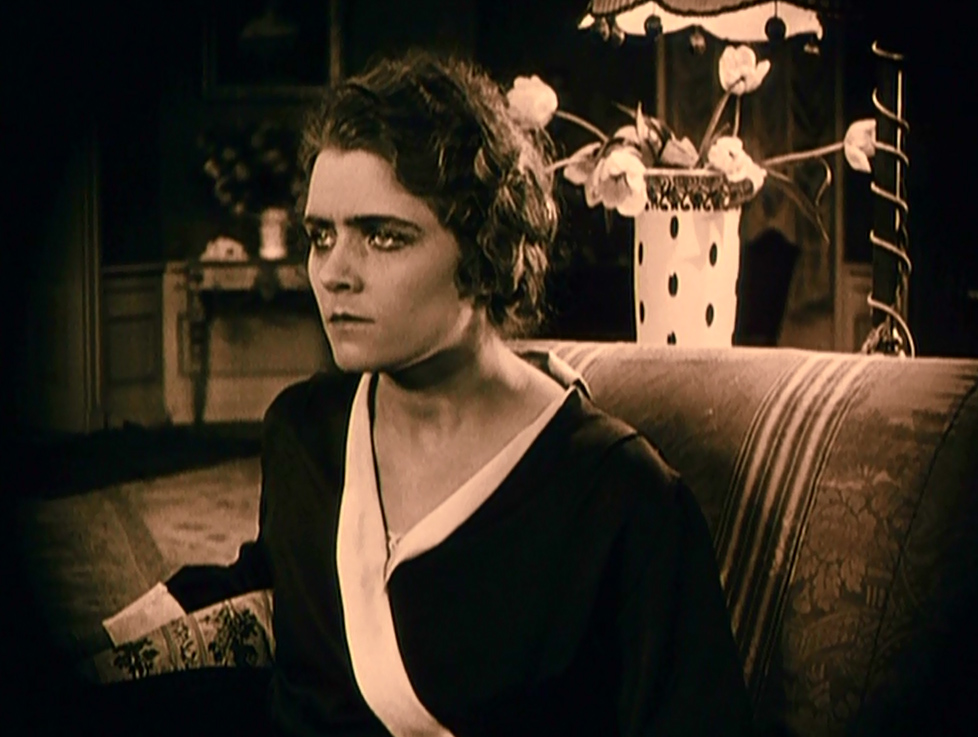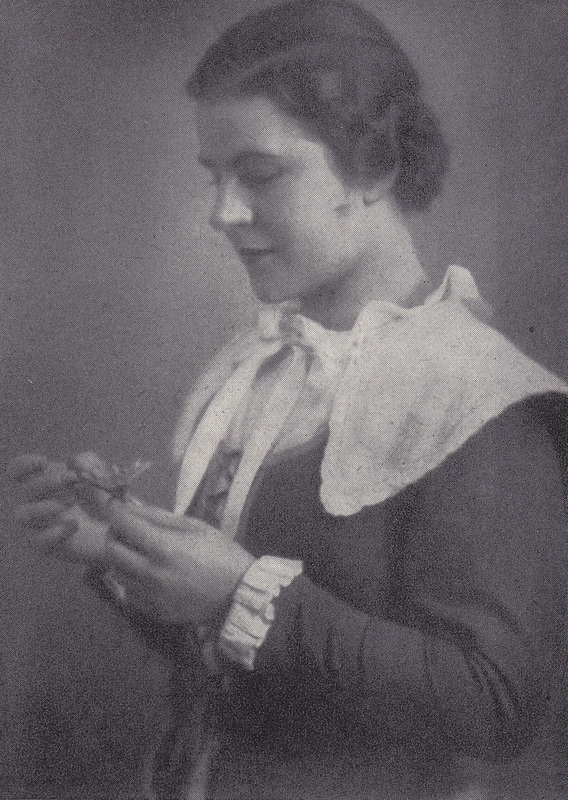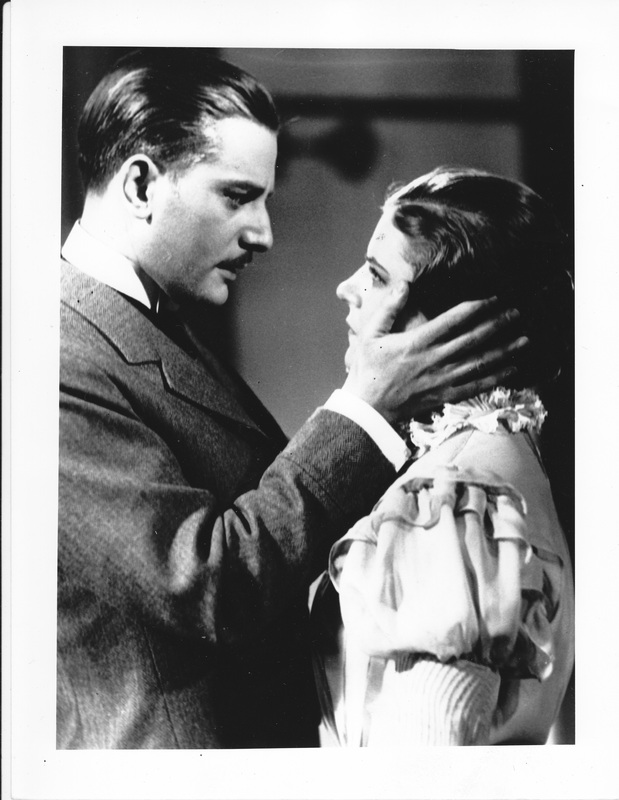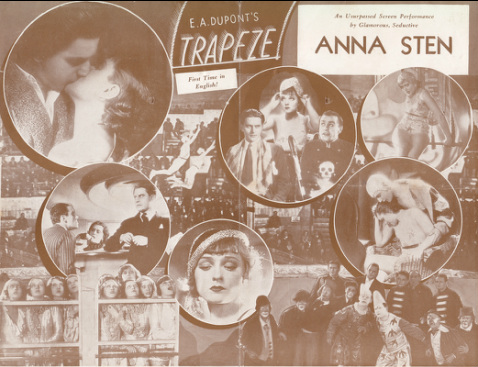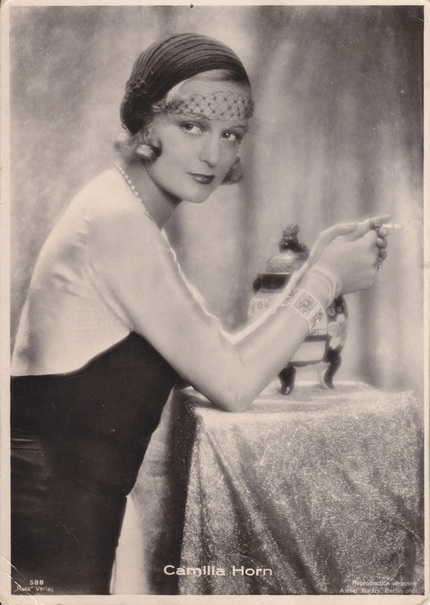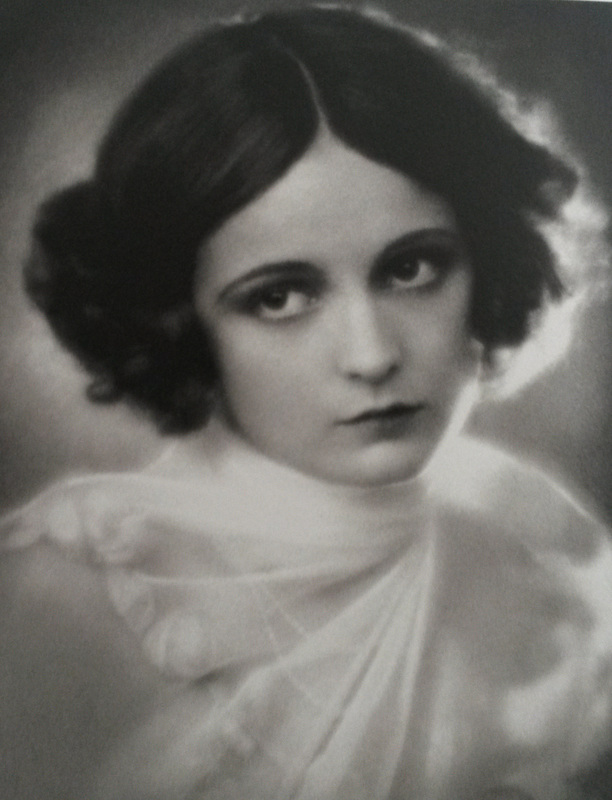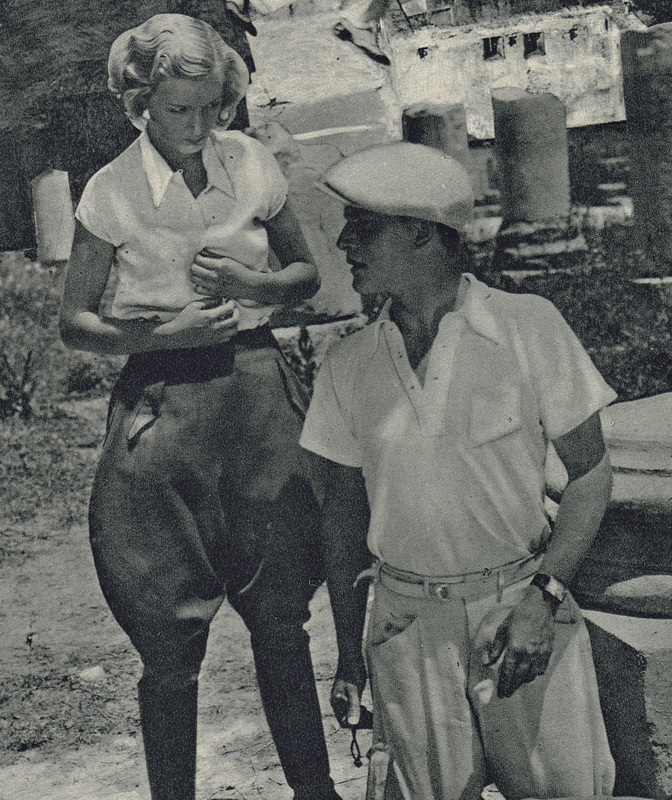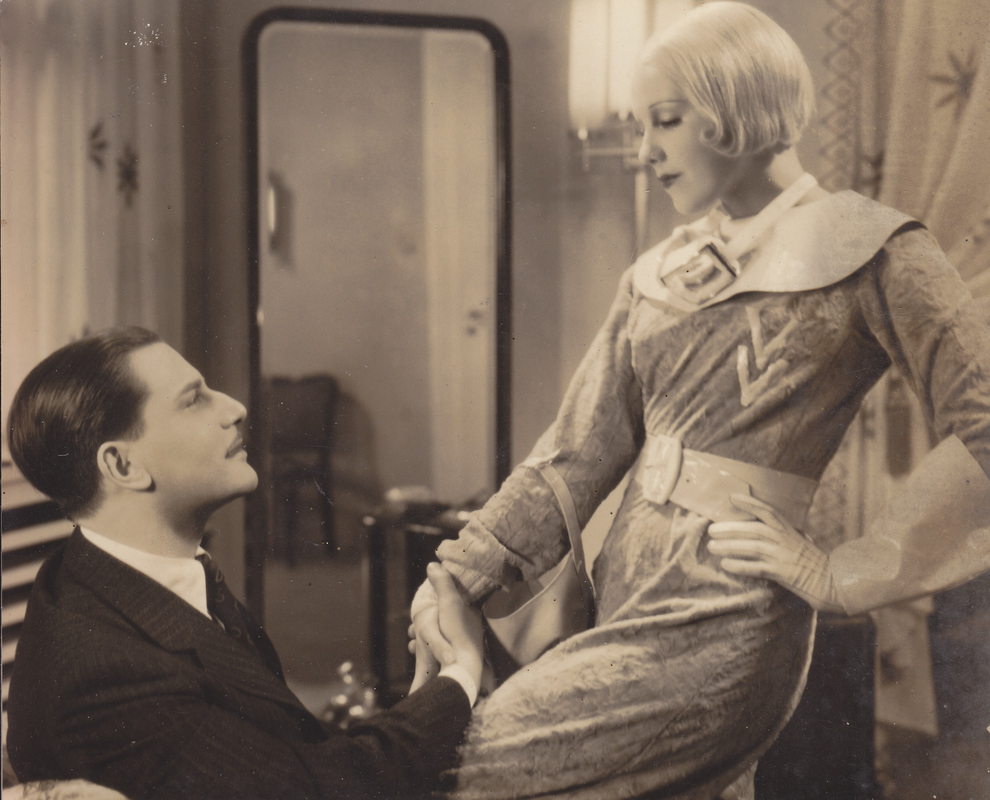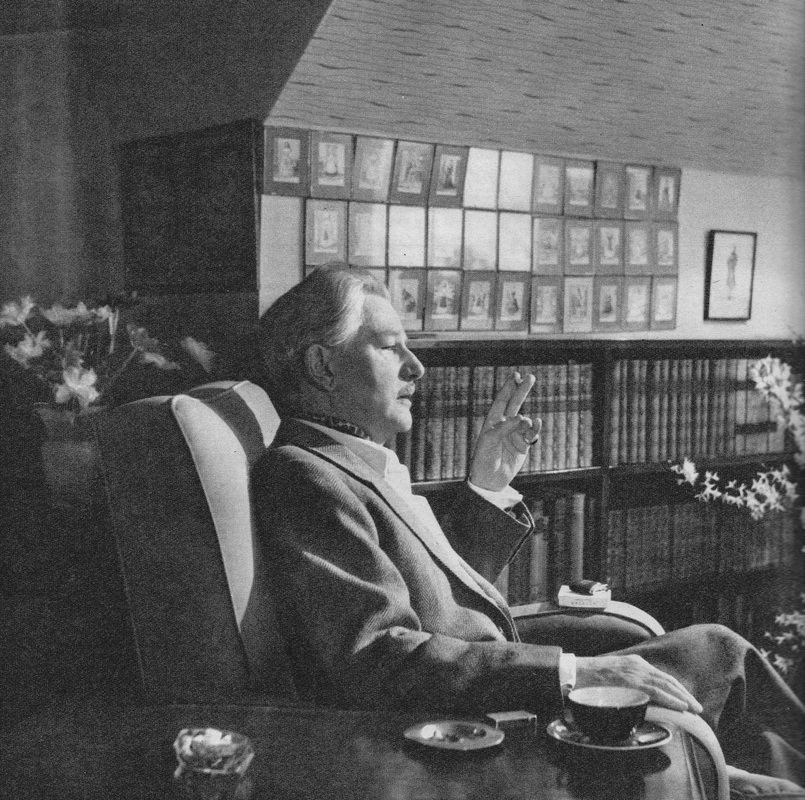During my last visit to Vienna I spent some time in a second hand shop near the Sigmund Freud Museum, and while browsing there came across a set of the collected works of Gottfried Keller. It was a lovely little set of small octavo volumes, in decorated green cloth bindings, and I was sorely tempted when I saw that the story ‘Regine’ was included. After some internal arguments, however, I had to put the books back – I was flying with hand luggage only and my bag was already bursting with books. As consolation, I found a copy of Alfred Ibach’s biography of Paula Wessely – Die Wessely: skizze ihres Werdens (1943), which I picked up for only 1 Euro. I will write about Wessely below, but first I am going to turn to the two actresses who co-starred with AW in Regine: Luise Ullrich and Olga Tschechowa.
Luise Ullrich (1910-85)
Starred with AW in Regine (1935)
The film Regine is based upon a novella written by Swiss-German author Gottfried Keller, and published in his story-cycle Das Sinngedicht (The Epigram) in 1881. The movie is more sentimental than the novella and makes a number of changes, but the story of an eminent engineer who falls in love with a lowly maid is essentially the same.Luise Ullrich had a fresh-faced innocent beauty that made her ideally suited for the role of Regine. Born in Vienna on 31 October 1911 to a count and major in the Austro-Hungarian army, she studied at the Academy of Music and Performing arts in Vienna before making her stage debut in the city in 1926. After some five years she moved to Berlin, where she was spotted on stage at the Lessing Theater by actor-director Luis Trenker, who cast her opposite himself in the film Der Rebell (1932) about a Tyrolean hero fighting Napoleon’s forces. Her real breakthrough came the following year, however, when she appeared opposite Olga Tschechowa in Liebelei (1933), directed by Max Ophuls.
In this film, based on a story by Arthur Schnitzler, she played the part of Mizzi who, with her friend Christine (Magda Schneider), makes the acquaintance of two cavalry officers Lobheimer (Wolfgang Liebeneiner) and Kaiser (Willi Eichberger, whom AW encouraged to go to Hollywood where he changed his name to Carl Esmond.) They meet at a concert in Vienna when the mischievous Mizzi drops her opera glasses from the balcony onto the officers below. While Mizzi pairs off with Kaiser, Lobheimer falls for Christine, having already decided to break off his affair with Baroness Eggerdorff (Tschechowa.) Unfortunately, Baron Eggersdorff (Gustaf Grundgens) has discovered his wife’s adultery, and events take a tragic turn….
The film displays some beautiful cinematography by Franz Planer, who would make similar use of his talents filming AW and Tschechowa in Maskerade. Both films are brilliant evocations of the mythical ‘old Vienna’ to which Ophuls returned with La Ronde (1950), again adapted from a Schnitzler play but this time with AW centre-stage. Liebelei shares some similarities with Maskerade, such as the lush background of Viennese music plus the themes of aristocratic adultery and the etiquette of dishonour. Its success brought Ullrich further lead roles, including that of Regine.
Regine tells the story of Frank, an engineer returning to his native Germany for the first time in ten years after working in America. On the ship home he meets actress Floris Bell (Olga Tschechowa), whose advances he rejects. As Frank has no family, he goes to stay at his uncle’s house in southern Germany (there are wonderful location shots filmed in Bavaria and the Rhineland), where he falls in love with – and marries – his uncle’s housemaid, the humble Regine.
Regine’s social awkwardness creates some scenes that are alternately comical and touching. Inevitably, there is tension and difficulties, and a misunderstanding – caused in part by Floris – leads Frank to suspect Regine of seeing another man while he is away. Distraught, Regine tries to take her own life…but in a film like this, matters are – of course – resolved happily.
Regine was released in Germany a few weeks before Leni Riefenstahl’s Triumph of the Will – a fact that demonstrates the diversity of films available to cinema goers under the Nazis. Furthermore, it was Regine, rather than any overt propaganda, which Germany submitted as its entry to the Venice Film Festival that year. Clearly, it was held in high regard.
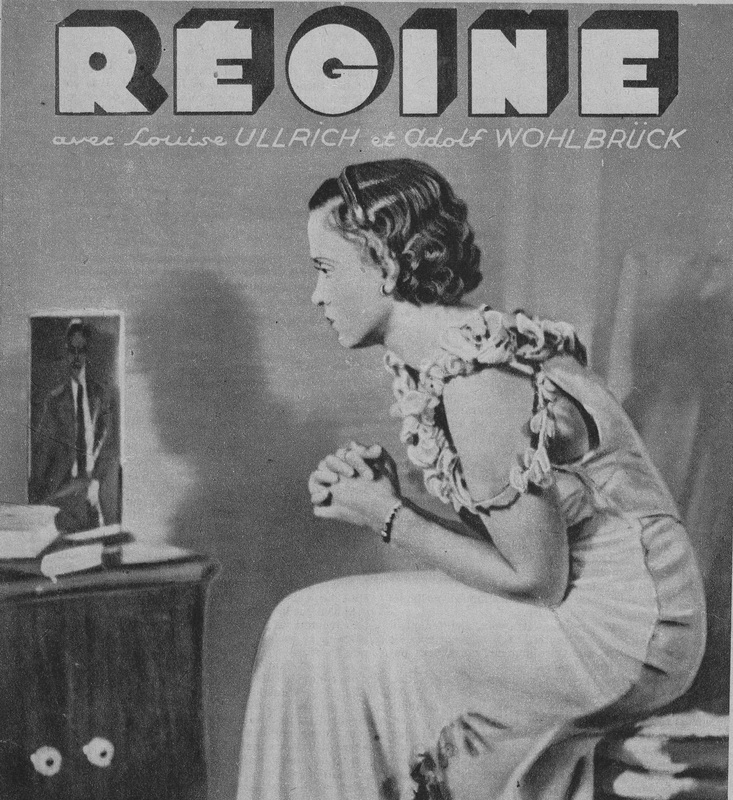
Gazing at a photo of AW – doubtless a popular activity for young women in the 1930s
Ullrich remained in Germany during the war, receiving great acclaim for her portrayal of a heroic German mother in Annelie: Die Geschichte eines Lebens (1941.) The film follows a woman named Annelie from her birth in 1871 (the year of German reunification) through to her 70th birthday, during which she accepts the loss of her husband in World War One and possibly her three sons (in World War Two) for the good of the Fatherland. Written by Nazi Party member Thea von Harbou, the screenplay fitted in well with the Nazi cult of motherhood which was then at its peak, and Ullrich’s fine performance won her the Volpi Cup for best actress at the 1941 Venice Film Festival. The following year she married Count Wulf Dietrich zu Castell, whom she had met in South America. Now a mature woman, she continued to play character roles after the war ended and – like AW – appeared in several TV movies during the 1960s. She was honoured in 1979 for her lifetime contribution to German film and died in Munich on 21 January 1985, aged 74.
Olga Tschechowa (1897-1980)
Starred with AW in Maskerade (1934) and Regine (1935)
The actress was born Olga Knipper in 1897 in what is now Armenia. Tschechowa is the tortuous German version of Chekhova (Russian Чехова), and was the name she took after her marriage in 1915 to Michael Chekhov, nephew of the playwright and short story writer Anton Chekhov. She was already related to the great writer, as he was married to her aunt, also named Olga Knipper.
She separated from Michael Chekhov just after the Russian Revolution, appearing in three silent films before leaving Russia and travelling to Vienna with her second husband, an officer in the Austro-Hungarian army. She arrived in Berlin in 1920 and found that the Chekhov name opened doors for her. After obtaining an introduction to UFA executive Erich Pommer, she was given a leading role in F W Murnau’s Schloß Vogelöd (1921.)
This silent who-dunnit is set in a castle where a group of aristocratic guests await the arrival of Baroness Safferstätt (Tschechowa, above). In the meantime, an uninvited and unwelcome guest arrives – Count Oetsch (Lotar Mehnert), whom everyone believes murdered the baroness’s first husband, his brother Peter (Paul Hartmann). Tension rises after the baroness arrives with her second husband (Paul Bildt), accusations are made, and the pious friar Father Faramünd mysteriously disappears from a locked room….
Although the film is a pale shadow of Murnau’s later work, Tschechowa gives a mesmerising performance as the Baroness, and further work quickly came her way. She made around forty silent films before migrating to talkies with Die Drei von der Tankstelle (1930), a hugely popular musical comedy that inspired several imitations, including Drei von der Stempelstelle (1932) starring AW. The success of the film encouraged Tschechowa to sail to Hollywood later that year. Although she partied with Garbo, Fairbanks, Lloyd and Chaplin, her Hollywood career was short-lived as American audiences found her Russo-German accent too thick. She returned to Germany and continued making films.
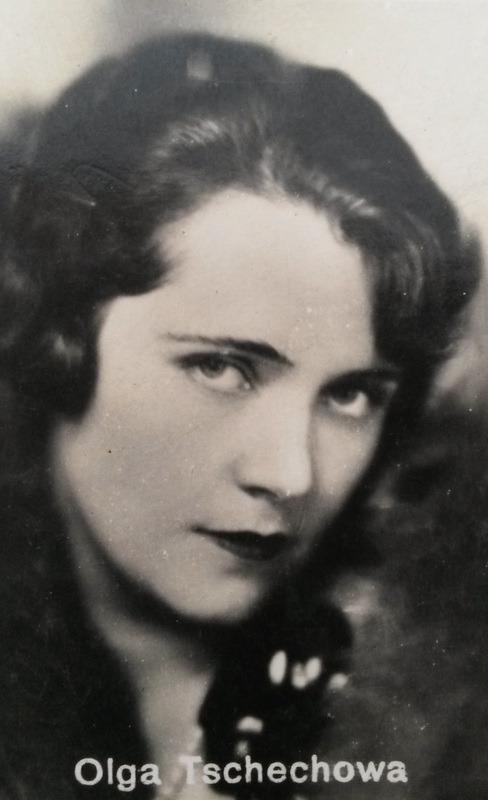
Early publicity pictures of the actress suggest a natural, sensual beauty that was much less apparent in her performances by the late 1930s.
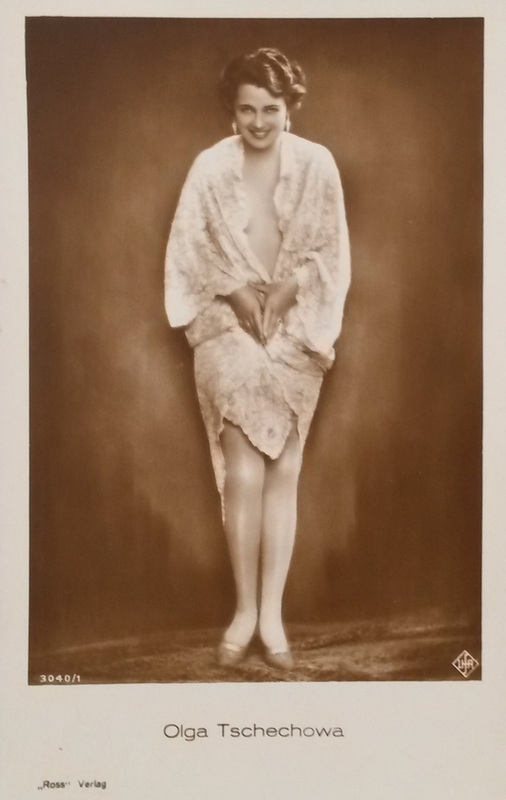
Nor was she averse to a little bit of risque suggestiveness
In both Maskerade and Regine she plays one of the ‘grande dame’ characters at which she excelled, almost to the point of getting typecast. From Schloß Vogelöd onwards she was asked to play ladies of status and power, blending cold beauty with a certain hauteur and a hard edge that (to me) lessens her attractiveness. Willi Forst, the director of Maskerade, directed her in some of her best films such as Burgtheater (1936) and Bel Ami (1939.)
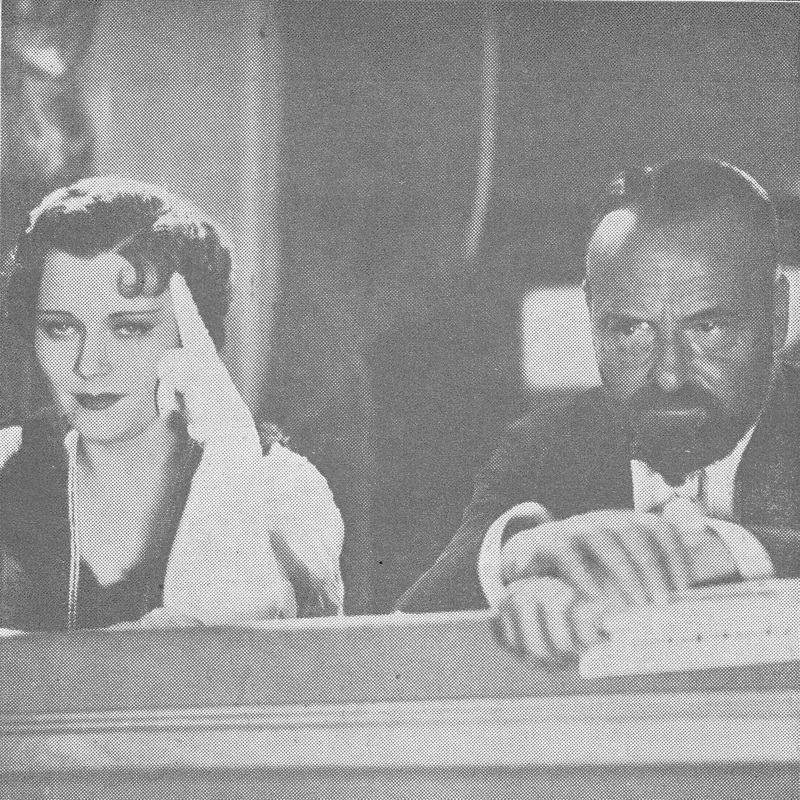
A scene from ‘Maskerade’
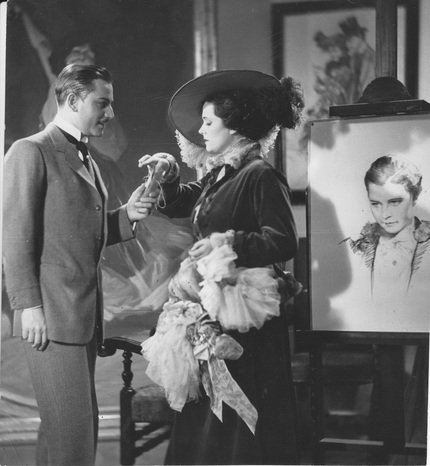 Love triangle: with AW in ‘Maskerade’, next to a painting of Leopoldine Dur (Paula Wessely) on the easel
Love triangle: with AW in ‘Maskerade’, next to a painting of Leopoldine Dur (Paula Wessely) on the easel
She moved in high circles during the 1930s and two years after Maskerade was awarded the status of Staatsschauspielerin. However, at the same time as this ‘State Actress of the Third Reich’ was wining and dining with Goebbels and Hitler, she was passing information about them to Soviet officials. Although there is no doubt that she was working as a Russian agent during the war, there is no indication that she contributed much of value. The Russians appreciated having a contact who enjoyed access to the private company of Hitler and Goebbels; there were also plans for her brother Lev Knipper to assassinate the Führer if she could get him close enough. After the war Tschechowa was rewarded for her work with financial support and an apartment in the Russian sector of Berlin.
Olga and Lev were very fortunate to survive throughout this period, but her ability to flit effortlessly between regimes – Tsarist, Bolshevik, Nazi and Stalinist – suggests that her allegiance remained primarily to herself rather than to the world around her. Tschechowa’s clandestine activities and unreliable memoirs make it hard to gain any real sense of her personality. She moved to Munich in 1950, launched a range of cosmetics and gradually retired from acting, although her daughter Ada (1916-66) and grand-daughter Vera (1940-) both became successful actresses and Olga herself made something of a comeback in the 1970s. She died in Munich on 9 March 1980, sipping champagne and murmuring ‘Life is beautiful.’
Paula Wessely (1907-2000)
Starred with AW in Maskerade (1934.)
Paula Wessely’s early life and career followed a similar path to that of Luise Ullrich. Born in Vienna, she studied at the Academy of Music and Performing Arts before taking to the stage at the Volkstheater and Max Reinhardt Seminar. Although she came from slightly humbler origins – her father was a butcher – she overtook Ullrich in popularity and went on to become probably the best loved actress in Austria. Part of this success was due to her insistence on getting lead roles from the earliest part of her career. Demanding parts such as that of Rose in Rose Bernd, Gretchen in Faust and Joan of Arc in Shaw’s Saint Joan made people sit up and take note of her name, and so it was only natural that in her first film – Maskerade – she was given the star role. (She had been considered for the part of Christi in Liebelei but lost out to Magda Schneider – otherwise I could have had a photograph showing all three actresses together.)
Like so many of AW’s comedies of this period, Maskerade revolves around a misunderstanding over identities. The painter Heideneck (AW) has a reputation as a womaniser but has broken off with his former lover Anita Keller (Tschechowa) now that she is engaged to music director Paul Harrandt (Walter Janssen). Her fiance’s brother, surgeon Dr Carl Harrandt (Peter Petersen), is married to Gerda (Hilde von Stolz), who slips away from the carnival celebrations to be painted wearing only a mask and a chinchilla muff that she has borrowed from Anita.
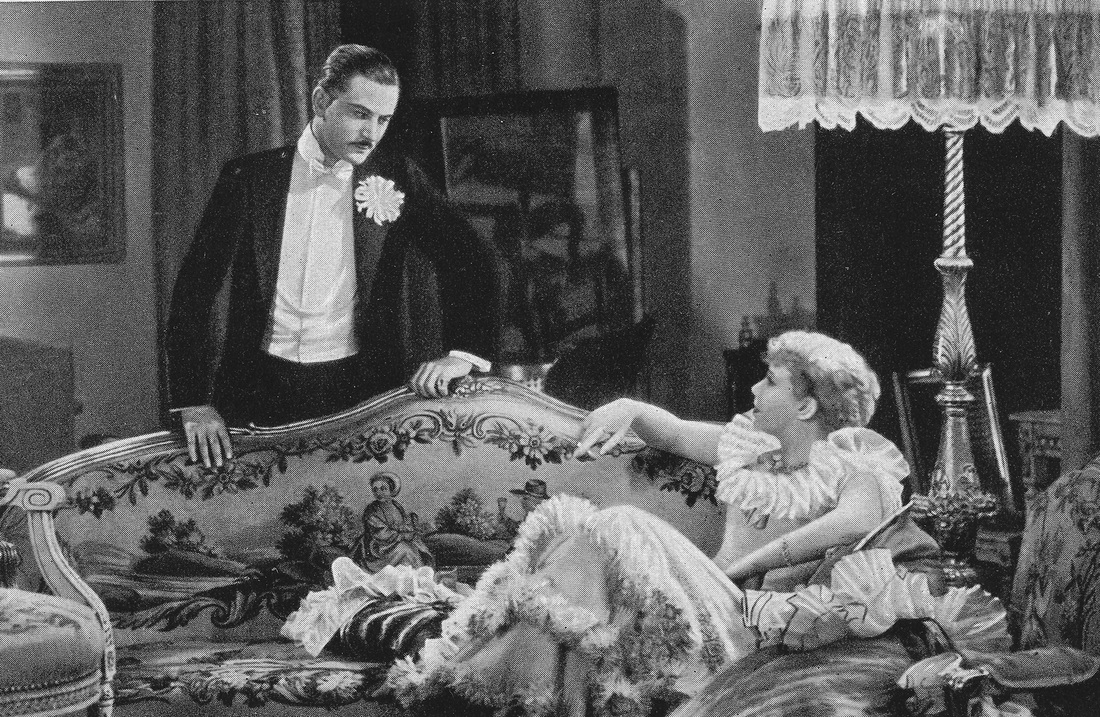
Artist and sitter: AW and Hilde von Stolz
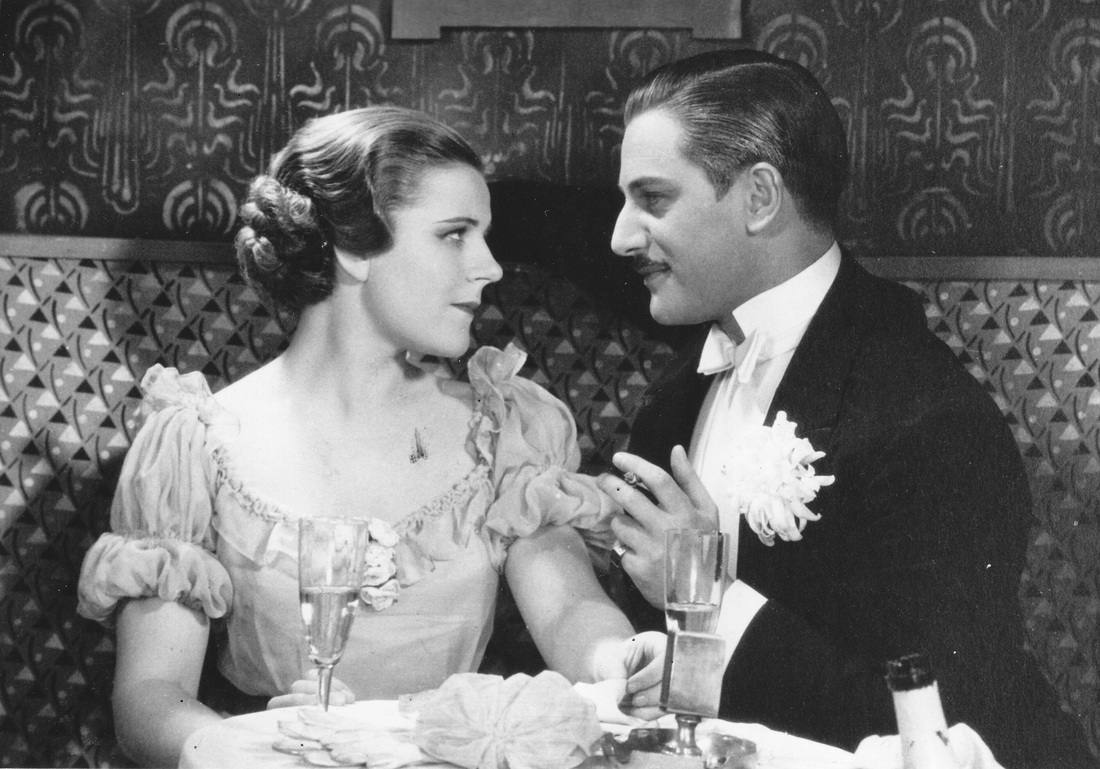
A mix-up results in the picture being sent to the printers and its appearance in the next day’s newspaper threatens a scandal when the distinctive muff indicates the nude sitter was Anita. Dr Harrandt insists that his brother confront Heideneck, who invents a name – Fraulein Dur – only for Harrandt to consult the Vienna directory and locate a young secretary named Leopoldine Dur (Wessely). This lowly, but morally upright young woman is unwittingly drawn into the confusion, and matters get more complicated when Heideneck finds himself falling in love with her. Set in Vienna in 1905, the film is a nostalgic evocation of the pre-war city, filled with splendid ballroom scenes, lively music and a sumptuous atmosphere of pleasure. However, as the saying goes, ‘Hell hath no fury like a woman scorned,’ and the jealous Anita decides to get her revenge…
In both films Tschechowa really plays the same role – that of the glamorous but decadent ‘grande dame’ who is rejected in favour of a plainer and humbler woman of greater virtue. Leopoldine’s character may have looked plain by comparison with Anita’s vampish elegance, but Wessely had a natural loveliness about her, as well as being a superbly talented actress.
The year after Maskerade‘s release she married fellow actor Attila Hörbiger, whose older brother Paul had co-starred with AW in Walzerkrieg (1933.) They had three daughters – Elisabeth, Christiane and Maresa, all of whom became actresses. Wessely had another reason to celebrate in 1935, as she was awarded the Volpi Cup for best actress at the Venice Film Festival, in recognition for her performance as Valerie Gärtner in Episode, which was written by Masquerade’s screenwriter Walter Reisch. When the Nazis tried to force Reisch out of work because he was Jewish, Wessely and her husband fought his case – much to the irritation of Goebbels, who complained in his diary about the actress having ‘too many Jewish friendships.’ Reisch eventually left Austria, working in London before emigrating to Hollywood where he wrote the original screenplay for the 1944 MGM remake of AW’s Gaslight (1940.) Both Wessely and Hörbiger remained in Austria during the war, regrettably appearing – alongside Peter Petersen from Maskerade – in the unpleasant propaganda film Heimkehr (Homecoming, 1941), which attempted to justify the German invasion of Poland and maltreatment of the Polish people. After the war, Wessely’s participation in the film caused her to be blacklisted by the Allies, but she emerged from this shadow and continued acting on both stage and screen for another forty years.
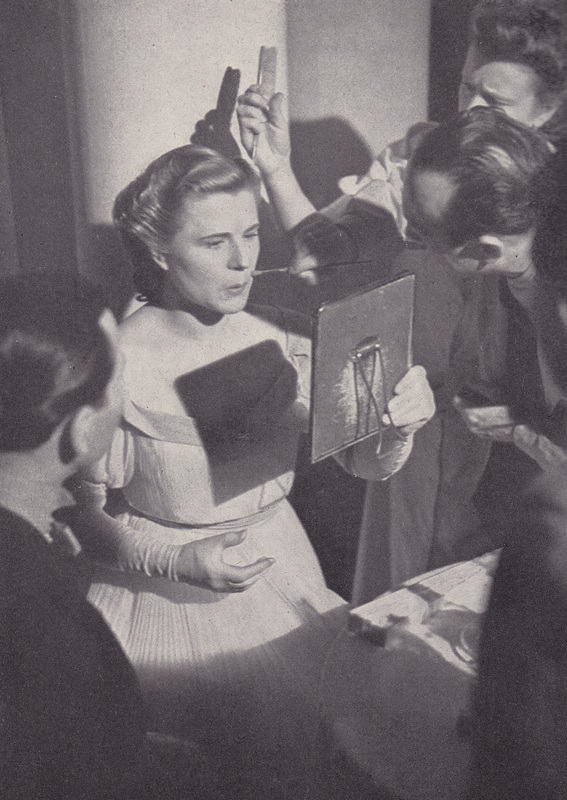
Paula Wessely in her dressing room
 Hansi played gypsy girl Saffi, who falls in love with Sandor Barinkay (AW) after he defends her from arrogant farmer Zsupan, but then becomes worried that Barinkay is more attracted to Zsupan’s beautiful daughter Arsena (Gina Falckenburg – below)
Hansi played gypsy girl Saffi, who falls in love with Sandor Barinkay (AW) after he defends her from arrogant farmer Zsupan, but then becomes worried that Barinkay is more attracted to Zsupan’s beautiful daughter Arsena (Gina Falckenburg – below)